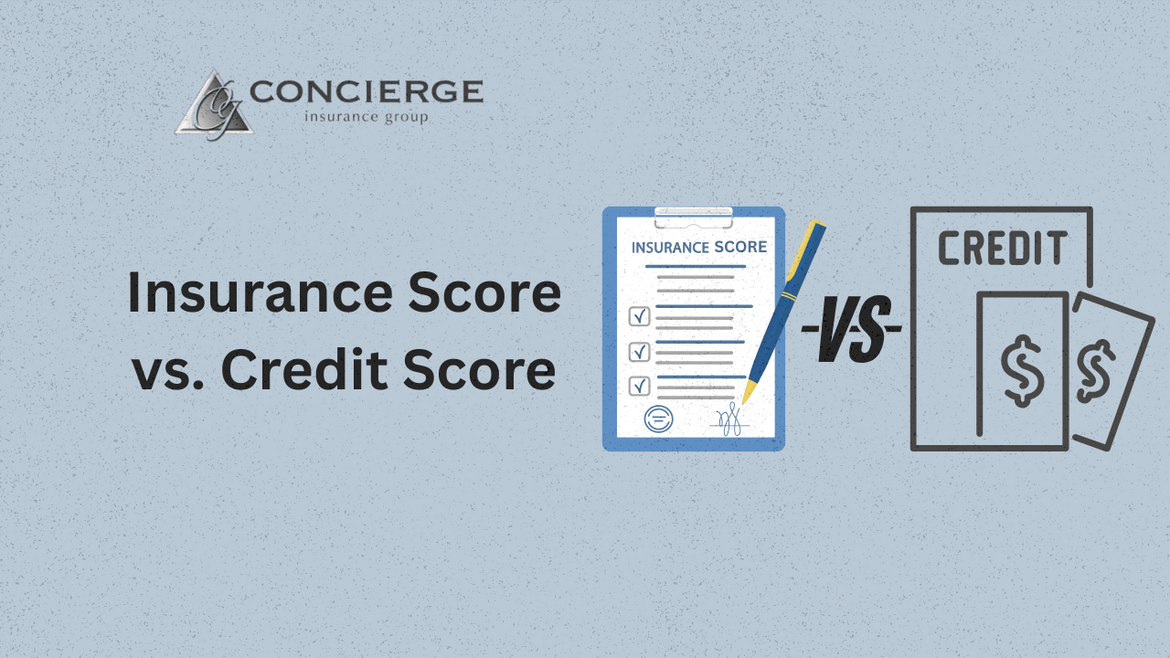
Do you know the score that's quietly inflating your insurance premiums by 500 to 2,000 dollars a year?
Have you ever been baffled by a high quote even with a spotless driving record and excellent credit?
In this article, you'll learn the key differences between your insurance score and your credit score, and how that little-known number could be draining your bank account. We will explore how insurance scores are calculated, who uses them, why they are controversial, and what you can do to improve yours.
What Is an Insurance Score?
An insurance score is a proprietary number used by insurers to predict your likelihood of filing a claim. While it is based on your credit report, it is distinct from your credit score, which predicts how likely you are to repay debt.
Key Difference:
- Credit score predicts loan repayment
- Insurance score predicts claims risk
These scores use similar inputs, but their algorithms prioritize different behaviors.
Who Calculates Insurance Scores?
Three major players dominate:
- LexisNexis – Most widely used
- TransUnion – InsureScore
- FICO – Insurance Score
Each uses a different model, so your score can vary widely depending on which provider your insurer uses.
How Are Insurance Scores Calculated?
Insurance scores are based on credit data but weighted differently. Here is an approximate breakdown:
- Payment History (40 percent) – Late payments, collections, and patterns
- Outstanding Debt (30 percent) – Total and ratio of debt
- Length of Credit History (15 percent) – Average age of accounts
- New Credit (10 percent) – Inquiries and new accounts
- Credit Mix (5 percent) – Types of credit used
Other considerations include public records, account counts, and even medical collections.
Credit vs. Insurance Score: What’s Different?
1. Inquiries: Insurance scores penalize them more 2. Account Age: Closing old accounts hurts more 3. Medical Debt: May still be counted by insurers 4. Income: Not directly used but reflected indirectly
The Flawed Logic Behind Insurance Scoring
Insurers claim credit-based scores predict risk because they correlate with claims. But correlation does not equal causation. Here is why:
- Risk behavior theory – Poor credit equals high risk (industry favorite)
- Financial stress theory – Stress causes both poor credit and claims
- Socioeconomic theory – Income drives both credit and claims risk
In reality, it is likely a combination. But the first explanation serves insurers' pricing goals.
Who Gets Hurt the Most?
Insurance scoring disproportionately affects:
- People of color – Black and Hispanic individuals statistically have lower scores
- Low-income households – Struggle with access to credit
- Young adults – Limited credit history
These groups often pay higher premiums for identical risk profiles.
Legal Status by State
Banned: California, Hawaii, Massachusetts, Michigan (auto only) Restricted: Maryland, Oregon, Utah, Washington Legal and Unregulated: Georgia – where your insurance score matters significantly
Can You See Your Insurance Score?
Not easily. Options include:
- LexisNexis Full File Disclosure – May include score
- TransUnion Insurance Score – May cost money
- FICO Insurance Score – Rarely accessible
- Insurance Company Disclosure – Often vague
How to Improve Your Insurance Score
While the score remains hidden, you can improve it by boosting your credit with insurance-specific strategies:
1. Always Pay On Time – Especially small or non-credit bills 2. Keep Credit Utilization Low – Under 30 percent, ideally below 10 percent 3. Do Not Close Old Accounts – Age matters 4. Avoid Hard Inquiries – Particularly credit card applications 5. Maintain Credit Diversity – Mix of cards and loans 6. Dispute Credit Errors – Regularly review your reports 7. Build Credit if You Are “Invisible” – Use secured cards or become an authorized user
What a Poor Insurance Score Costs You
Auto Insurance:
- Good: plus 320 dollars per year
- Fair: plus 800 dollars per year
- Poor: plus 1,600 dollars per year
Home Insurance:
- Good: plus 270 dollars per year
- Fair: plus 720 dollars per year
- Poor: plus 1,440 dollars per year
Total Cost Over 10 Years: Up to 15,200 dollars in extra premiums
When Insurance Scoring Gets It Wrong
Scenarios where scoring fails:
- Recent immigrants – Penalized for short credit history
- Young adults – Low scores despite good habits
- Divorce or widowhood – Credit turbulence affects premiums
- Medical debt – Unfairly penalized for health-related collections
- Identity theft victims – Pay more even after clearing fraud
The Debate: Fair or Flawed?
Against Insurance Scoring:
- Acts as a proxy for income or race
- Lacks transparency
- Punishes the poor
- Poor predictor of individual risk
- Adds little beyond existing factors
In Favor:
- Statistically predictive
- Objective data source
- Expands coverage access
- Rewards good credit habits
- Legally upheld
What You Can Do Right Now
Step 1: Pull your credit reports (AnnualCreditReport.com) and clean up errors
Step 2: Optimize your credit profile using insurance-focused tactics
Step 3: Shop around—different carriers weigh scores differently
Step 4: Ask about alternative underwriting methods
Step 5: If moving, consider states that ban insurance scoring
Know Your Score. Fight Back.
Insurance scoring is legal, invisible, and expensive, but not invincible. You now have the knowledge and tactics to push back, improve your score, and save thousands.
We work with over 10 carriers, each with unique scoring models. We will help you identify what is hurting your rates and guide you toward lower-cost options.
Key Takeaways
- Insurance scores are an invisible pricing lever
- Not the same as credit score
- Georgia uses them widely
- Poor score equals 1,500 dollars or more per year
- Fixing credit helps, targeted strategies help more
- Different carriers, different rules, shop often
- Low-income and minority groups hit hardest
- Best defense is proactive credit management and smart shopping
What is your experience with insurance scoring? Share in the comments or contact us for a personalized review.
Ready to see how much you could be saving?

